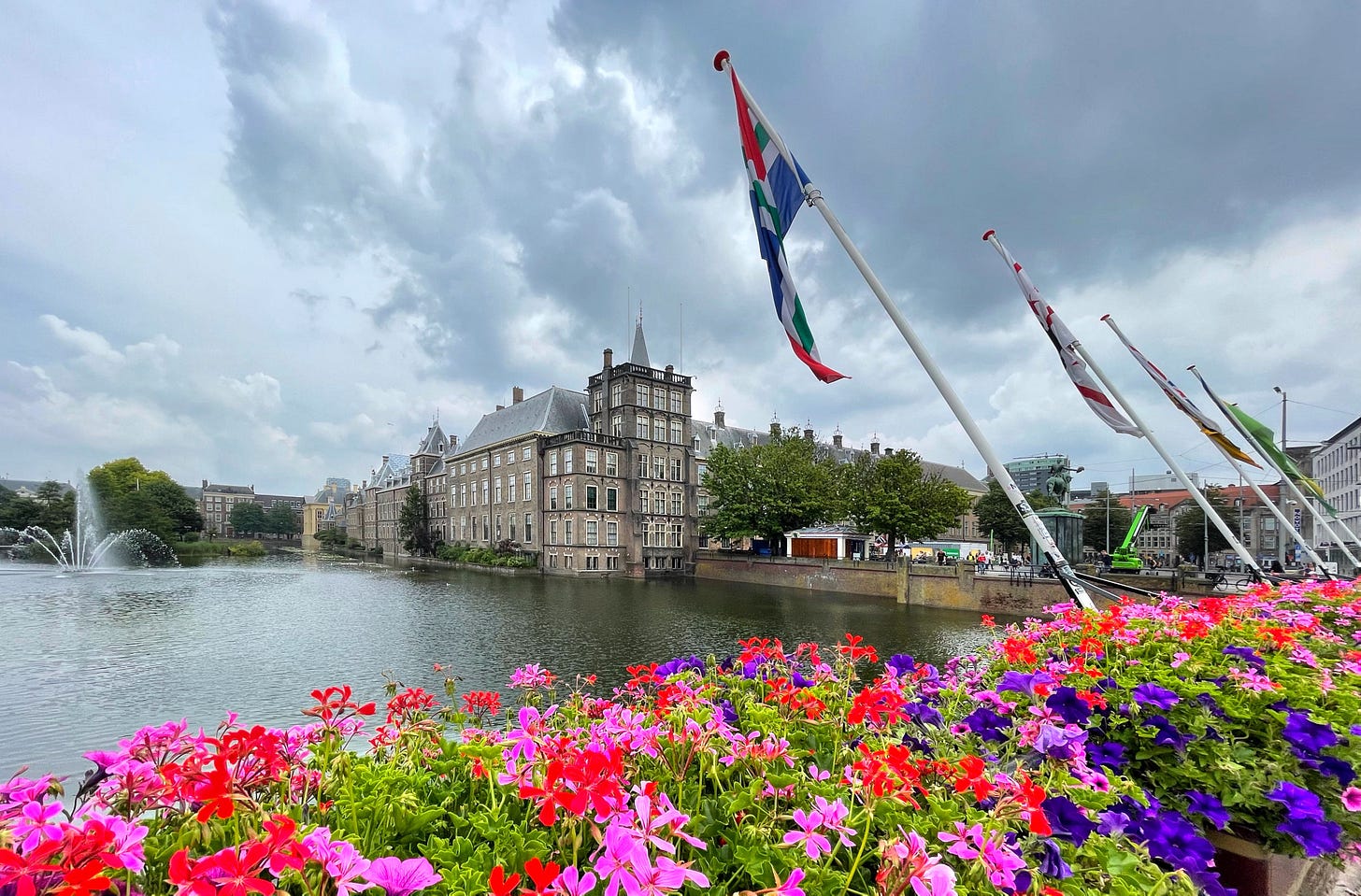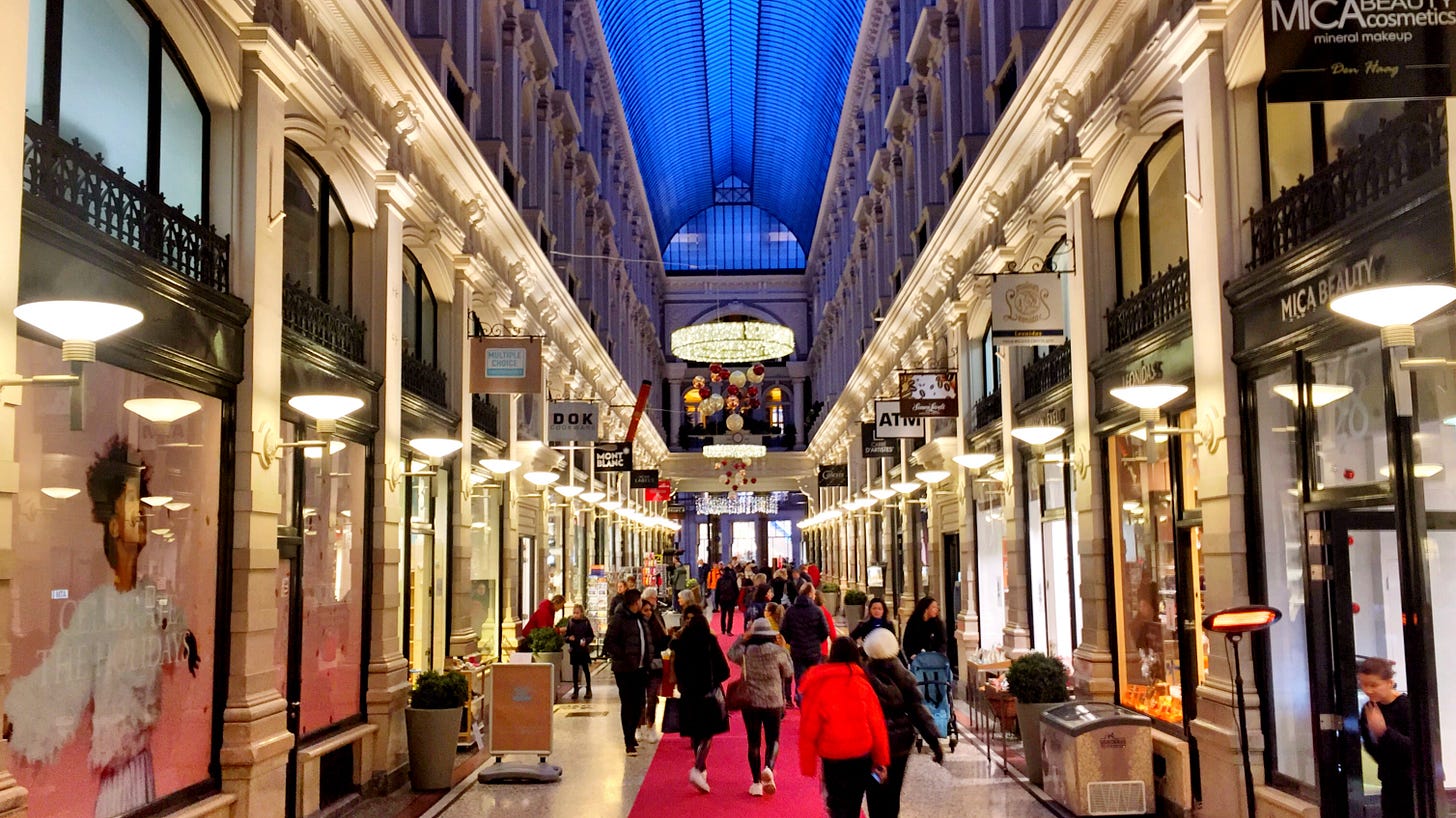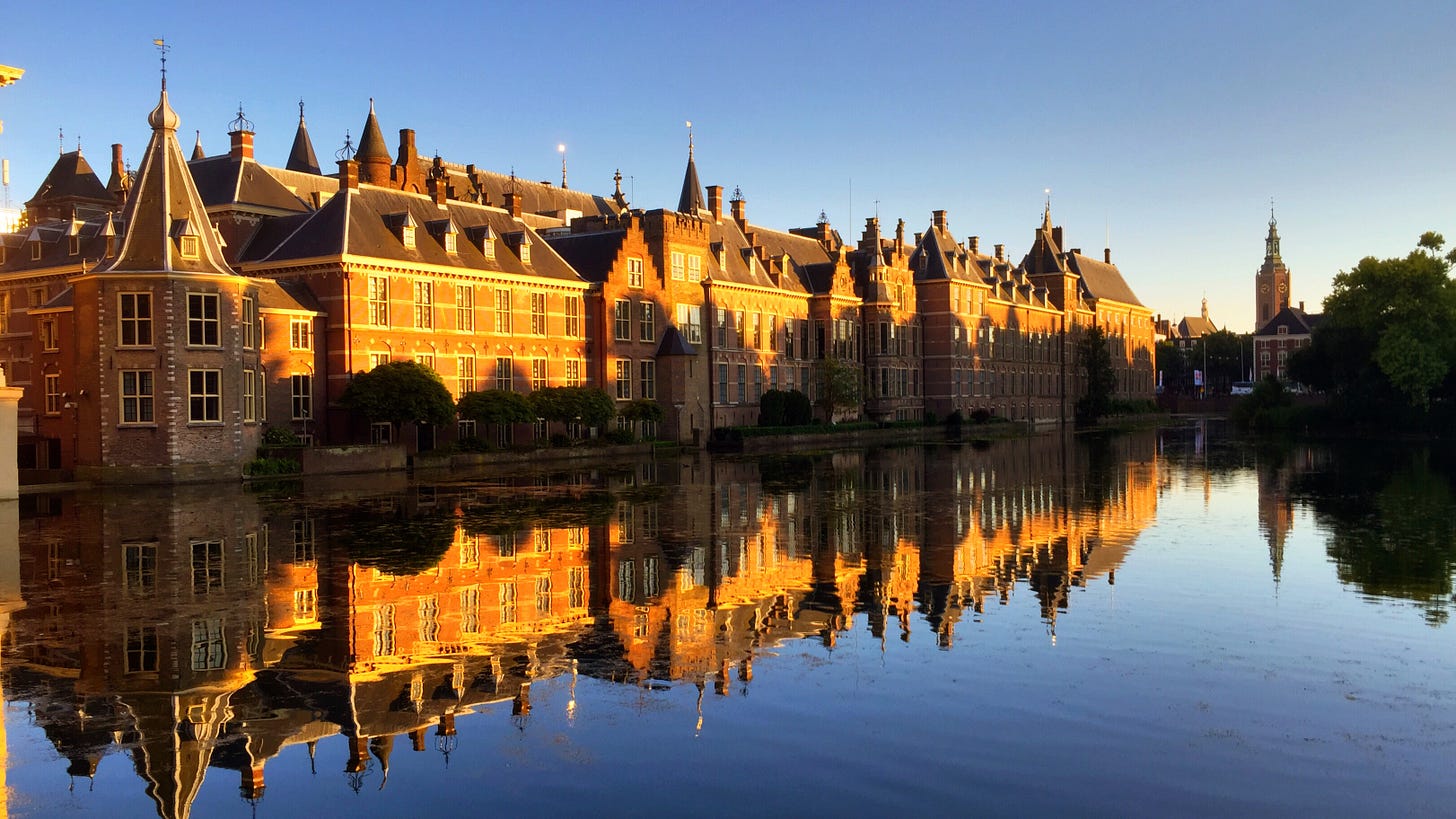I was briefly back in The Hague, where I took this picture of the historic 'Binnenhof.' I have lived in this beautiful town in different periods of my life, a unique place for many reasons. It is, for instance, the only seat of government in the western world that is not located in the country's capital. Even stranger is that the city was never really a city. The Hague had no city rights in the Middle Ages, and it was not allowed to have a city wall.
Even centuries later, The Hague was only allowed to have one beer brewery, a hard-fought compromise with the nearby city of Delft that referred to a decree from the time of Charles V (1531) that open towns (and villages) were not allowed to have breweries. The captain of the Delft militia had even threatened to tear down the only Hague brewery with his own hands.
City rights
King Louis Napoleon gave The Hague city rights in 1806, which was more like an honorary title since the government had abolished the medieval concept of city rights in 1798.
It was something that the Dutch had never requested. We never had any difficulties with The Hague's unique concept of being the seat of government while not being an actual city. We liked the idea of maintaining its undefined status, which made it an ideal place to meet for the federation of seven autonomous provinces that formed our republic. The Binnenhof in The Hauge was attractive because it wasn't in one of the major cities. Since the late middle ages, it had been an administrative center, one that allowed the delegates to meet on more or less neutral ground.
The government briefly moved to Amsterdam
But when the French took over, they favored their concept of a centralized government in a modern unitary state. The French found the Binnenhof unsuitable for governing a modern country and moved the government to Amsterdam in 1808. Five years later, when Napoleon was defeated and the Netherlands regained its independence in 1813, the government moved back to the Binnenhof.
That move symbolized the continuity of our Dutch history, and that is probably what our new monarch, William I wanted to achieve with this decision. He hoped to create the impression of continuity compared to the days before the French occupation (but I suppose he didn't mind some of the changes, including his role as the new king). Since then, The Hague's position as the seat of government has remained undisputed. That long history has also contributed to the situation that government and parliament are housed in one complex. I can't think of any other truly democratic country in the world where this is the case, but since this newsletter has readers in many countries, perhaps some of you can correct me in this assumption.
Some more pictures
I will end this post with some other pictures that I took in the past few years to give an impression of this lovely 'city,' which has inhabitants from 180 different nationalities; a green city with more trees than inhabitants. I hope you will visit it someday.
The Passage is the only remaining example in the Netherlands of this type of covered shopping street, popular in major European and American cities during the 19th century.
This colorfully tiled, cylindrical retail building by the English architect John Outram is since its opening in 1998 dubbed the 'candy box' (‘snoeptrommel’ in Dutch).
The last one for today, I took this picture a few years ago in the early evening. I am standing here on the other side of the pond. The Prime Minister’s office is in the small tower on the left. The ‘candy box’ of the previous picture is not visible, but it is located just before the church tower on the right of the picture. Most of the main sights of The Hague are all lined out on a long ridge of former dunes, a story to tell another day.
If you enjoy these newsletters, please support this project by subscribing:
Or you can give a subscription as a present to friends or family:
Notes:
https://www.staten-generaal.nl/begrip/waarom_den_haag
http://www.architectureguide.nl/project/list_projects_of_city/cit_id/65/prj_id/1780
https://www.haagsetijden.nl/tijdlijn/televisie-en-computers/de-snoeptrommel
https://denhaag.com/en/passage
https://dhzhw.wordpress.com/2013/06/02/geschiedenis-van-het-haagse_bier/
https://www.royal-house.nl/topics/history-of-the-kingdom-of-the-netherlands
https://www.staten-generaal.nl/begrip/waarom_den_haag
If you are interested in visiting The Hague, this site is a good source: https://www.holland.com/global/tourism/destinations/the-hague.htm









Nice pictures and history of my hometown.
Thanks for sharing the history and photos of The Hague. Seems we could use more of those covered shopping areas here with all the rain we’re having. Interesting about the breweries since beer was such an important drink during the Middle Ages when water was often polluted. Glad that you included article links to enable me to delve deeper.